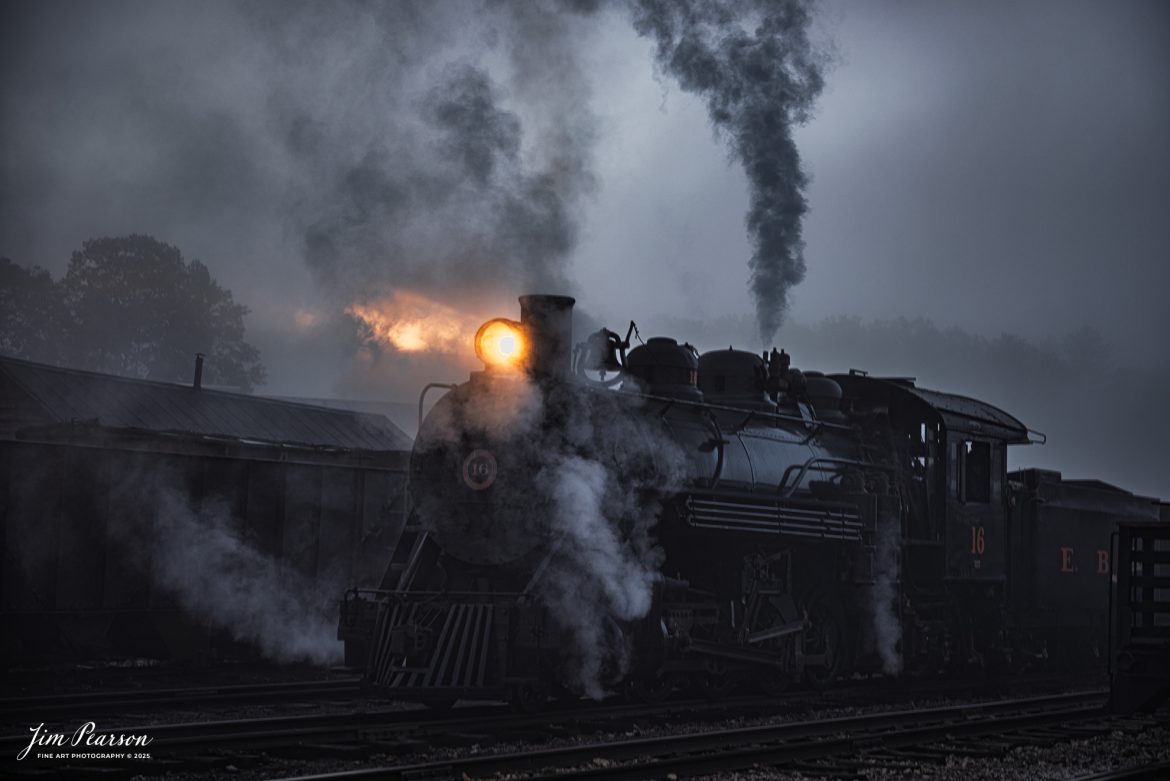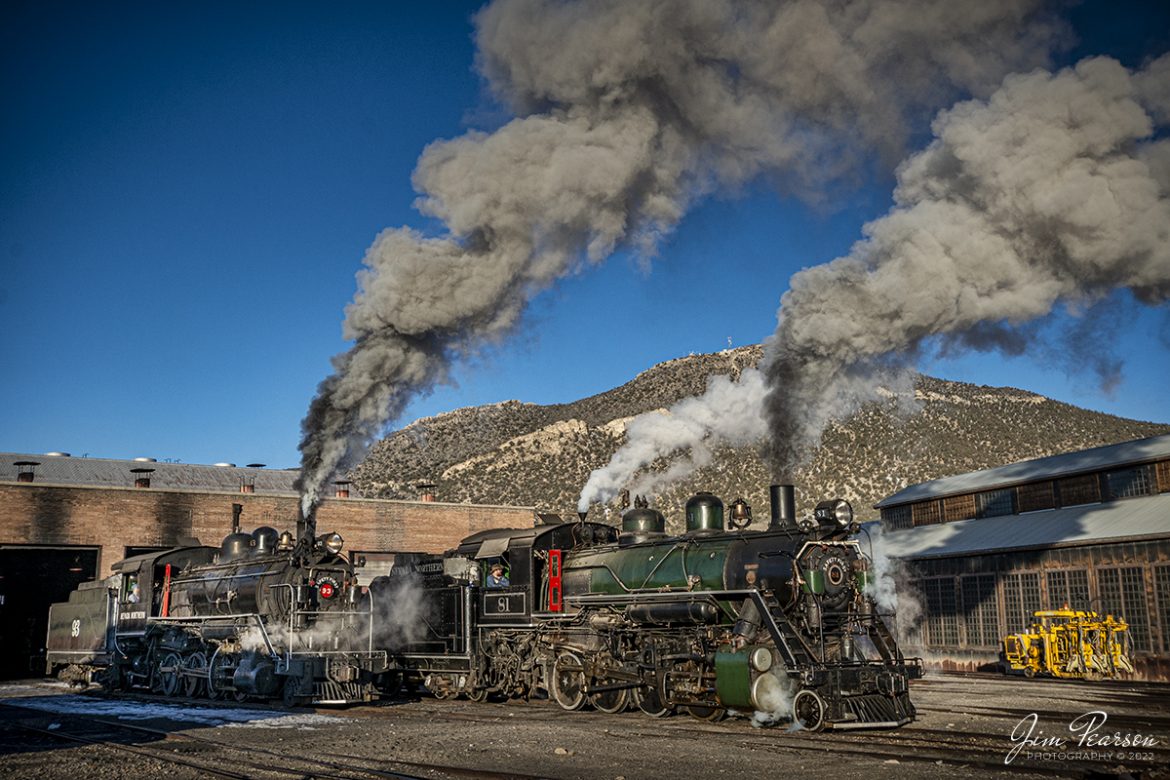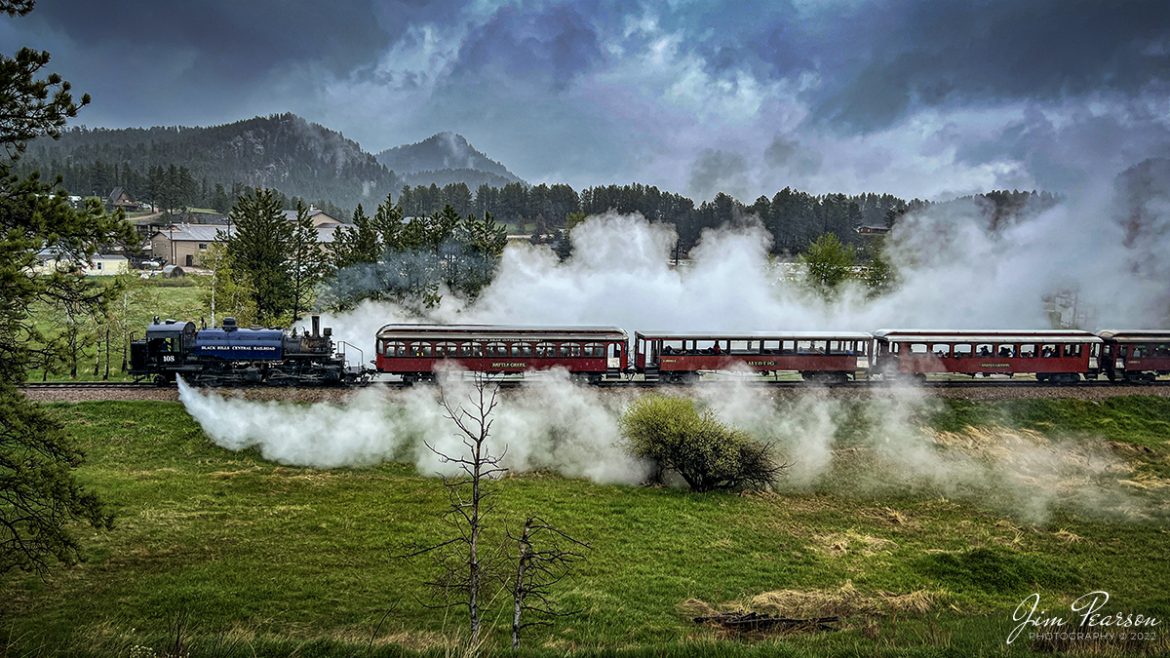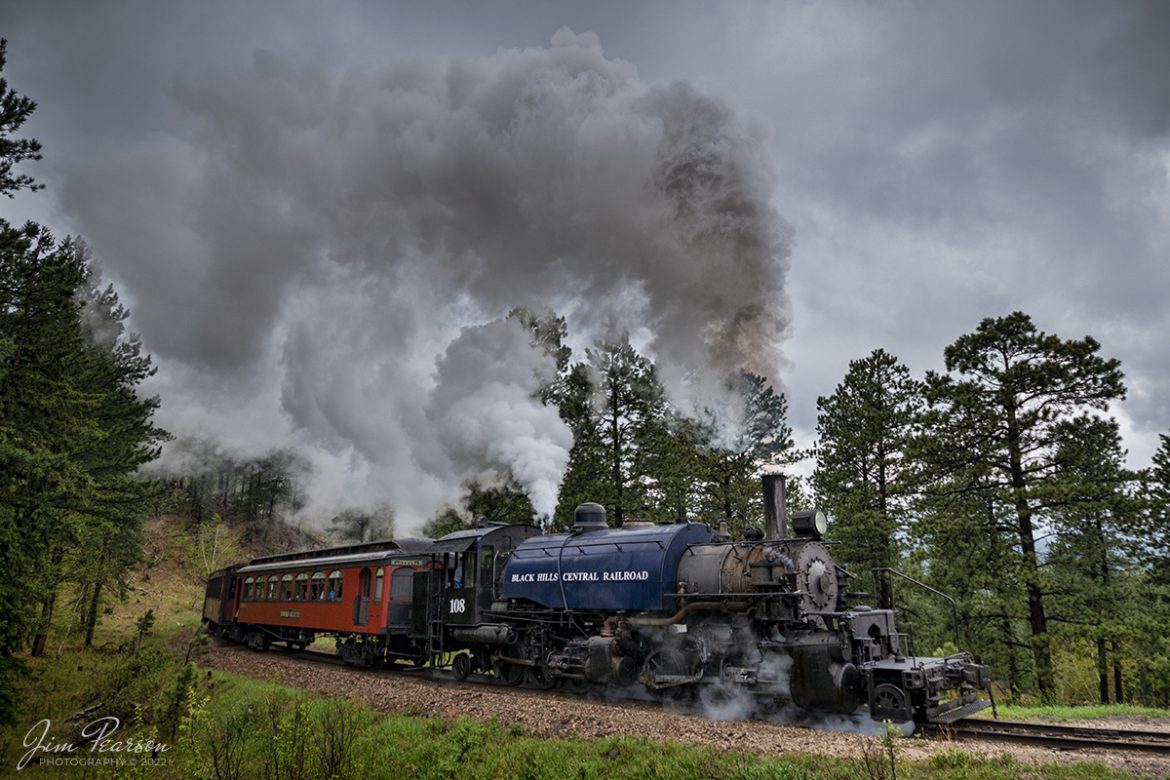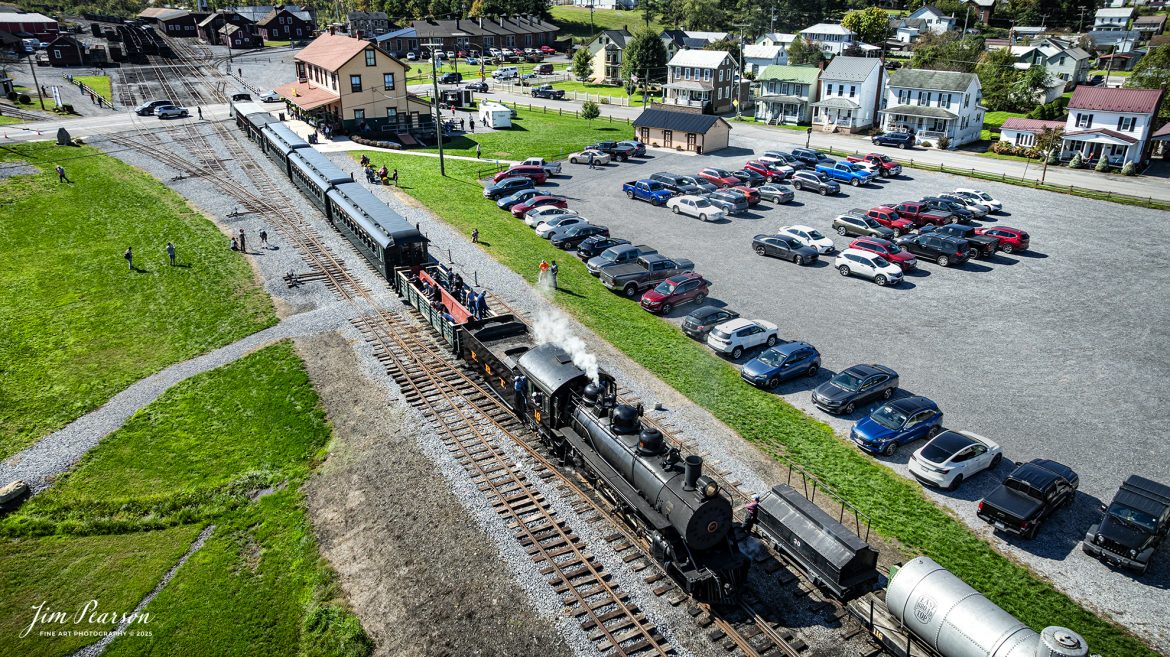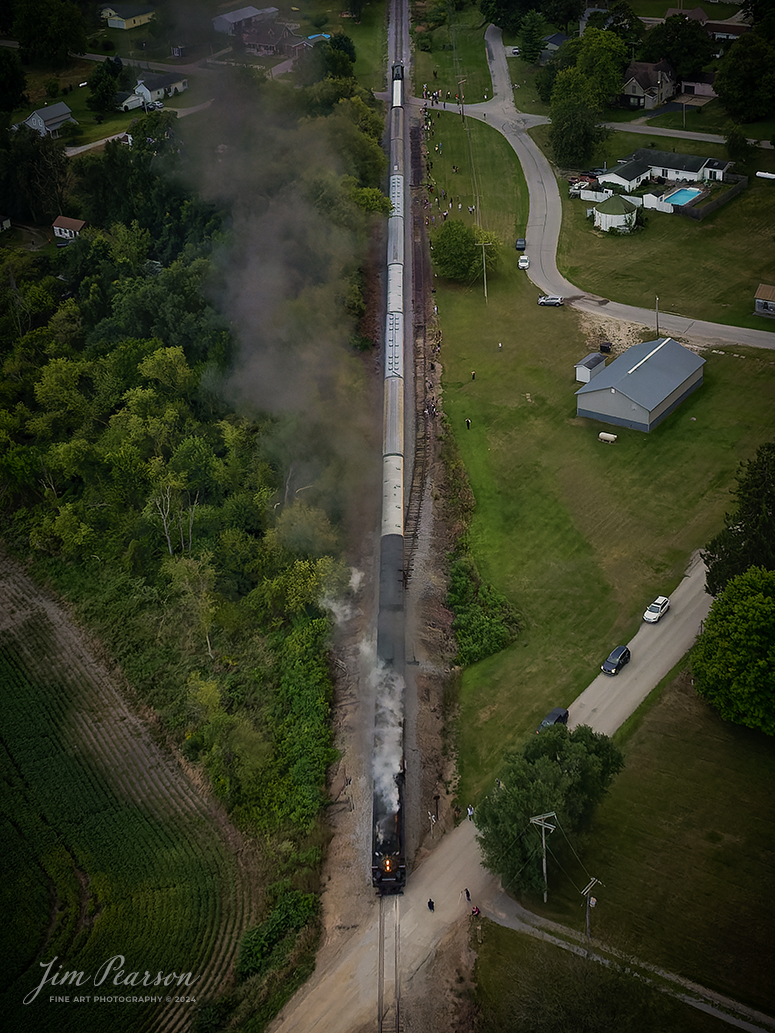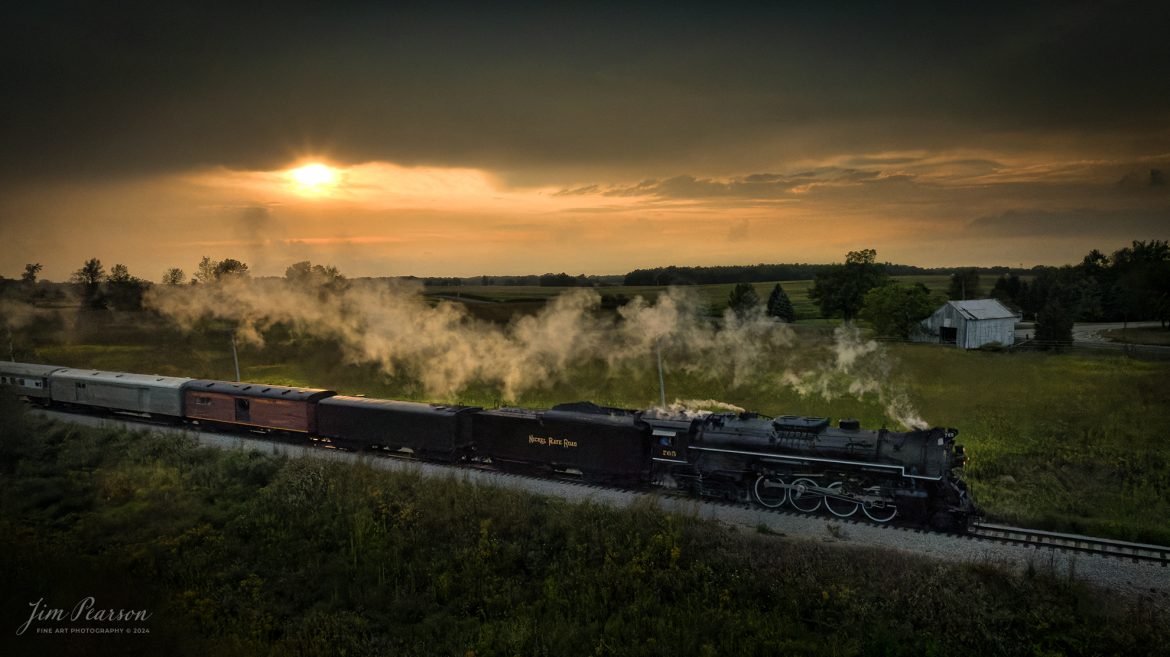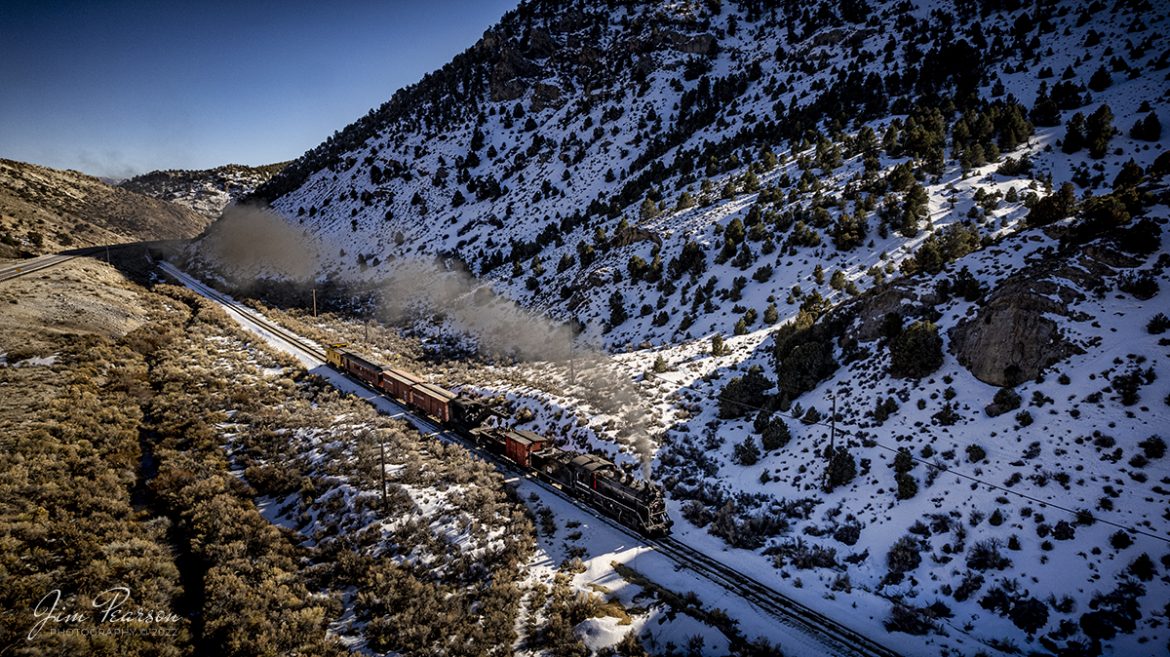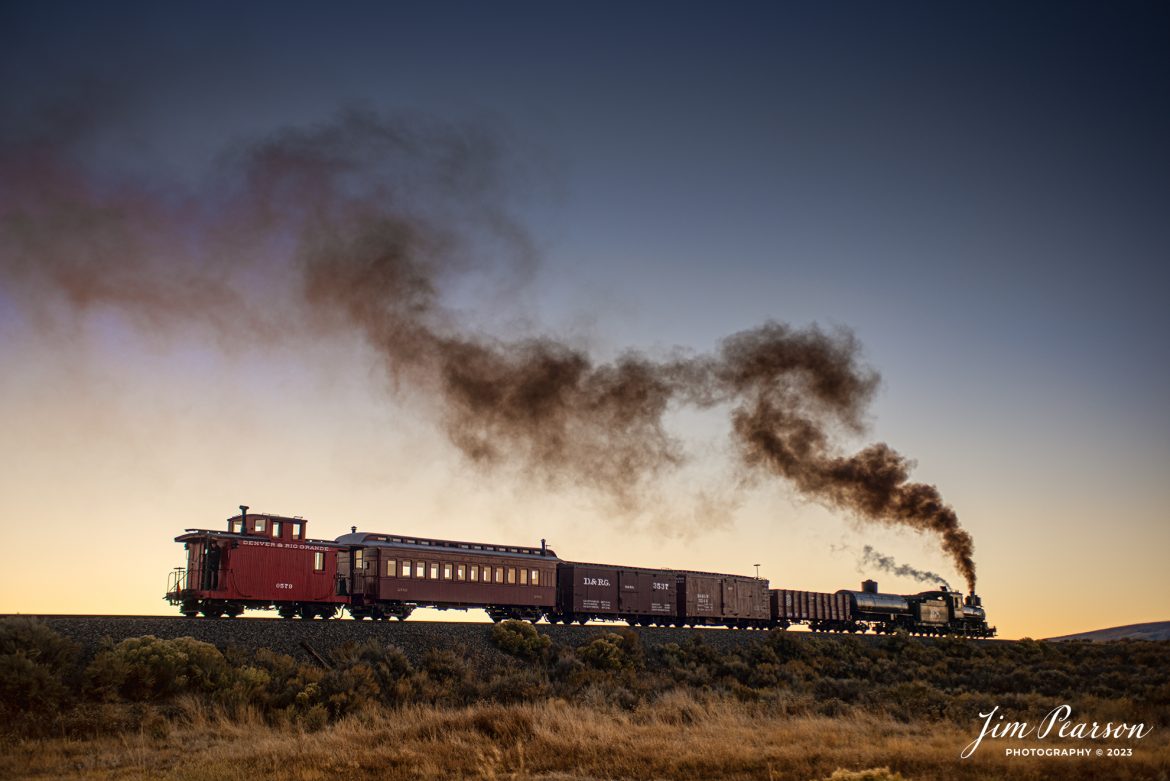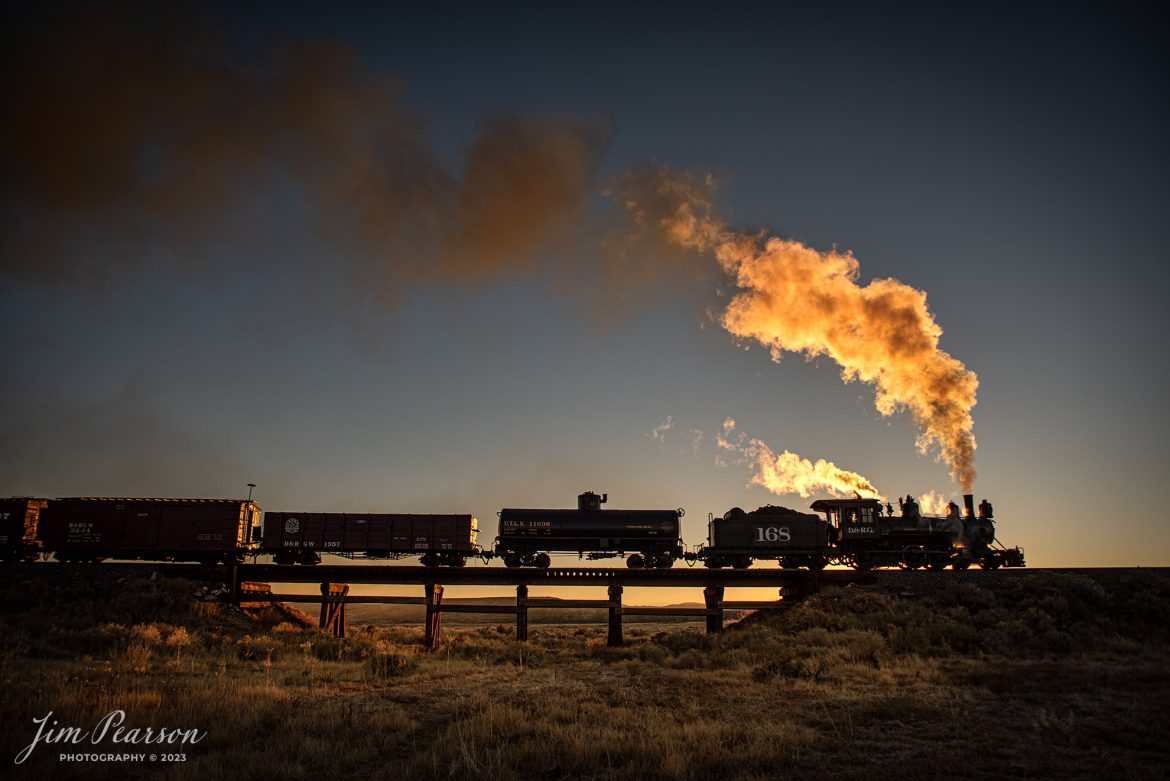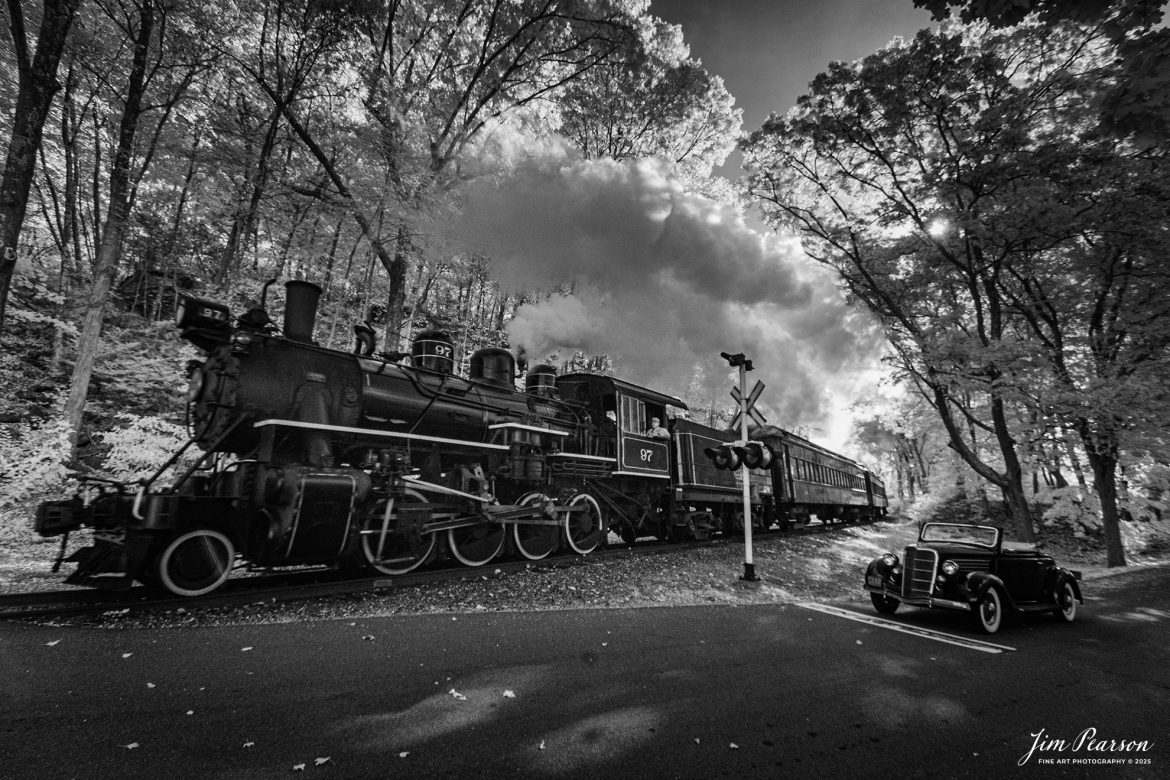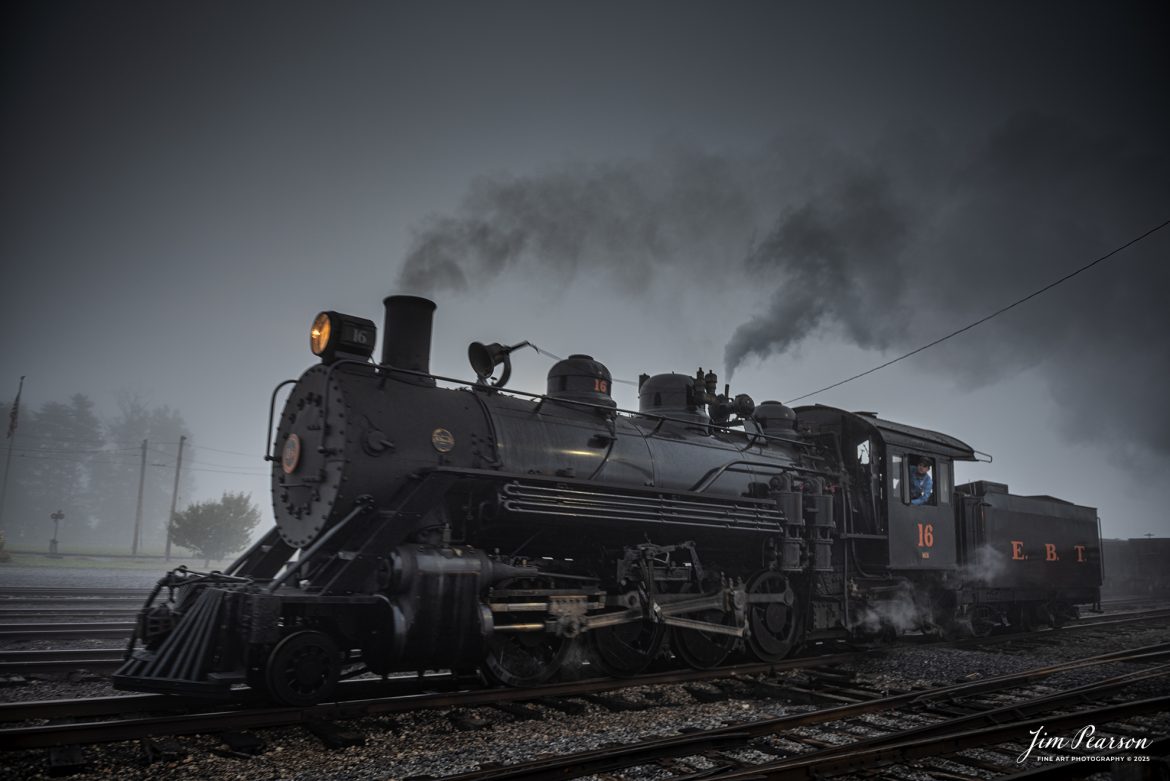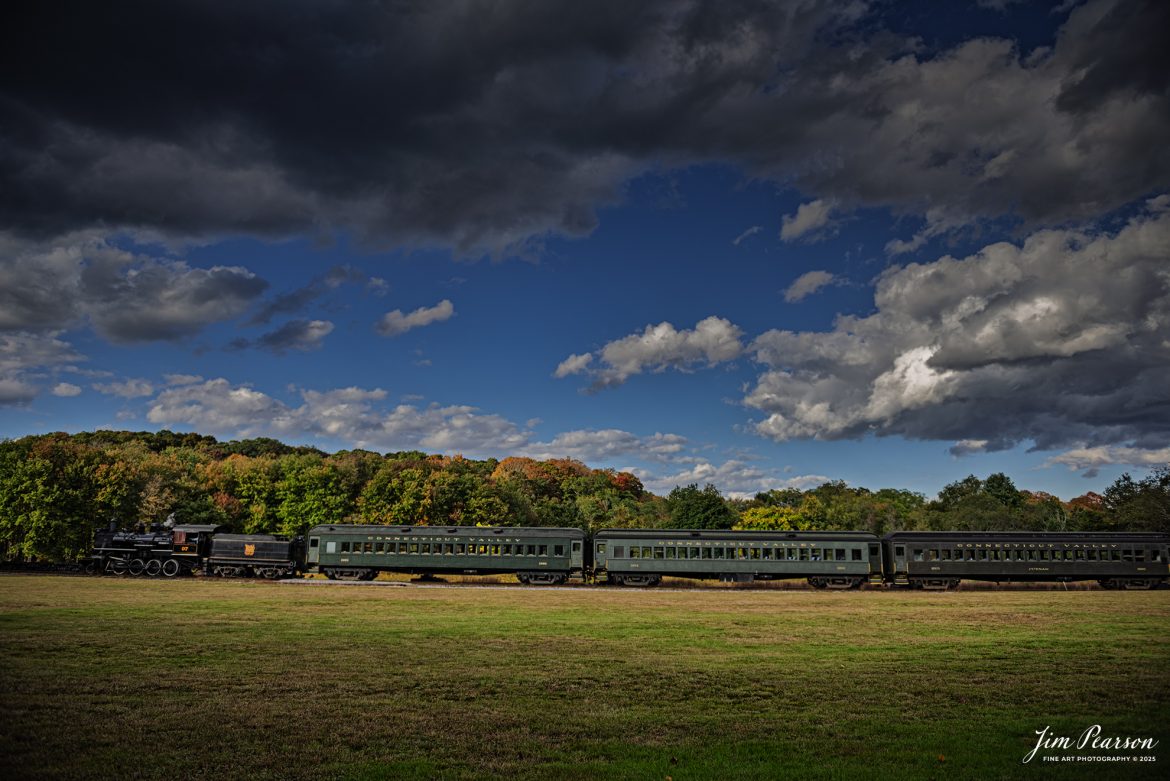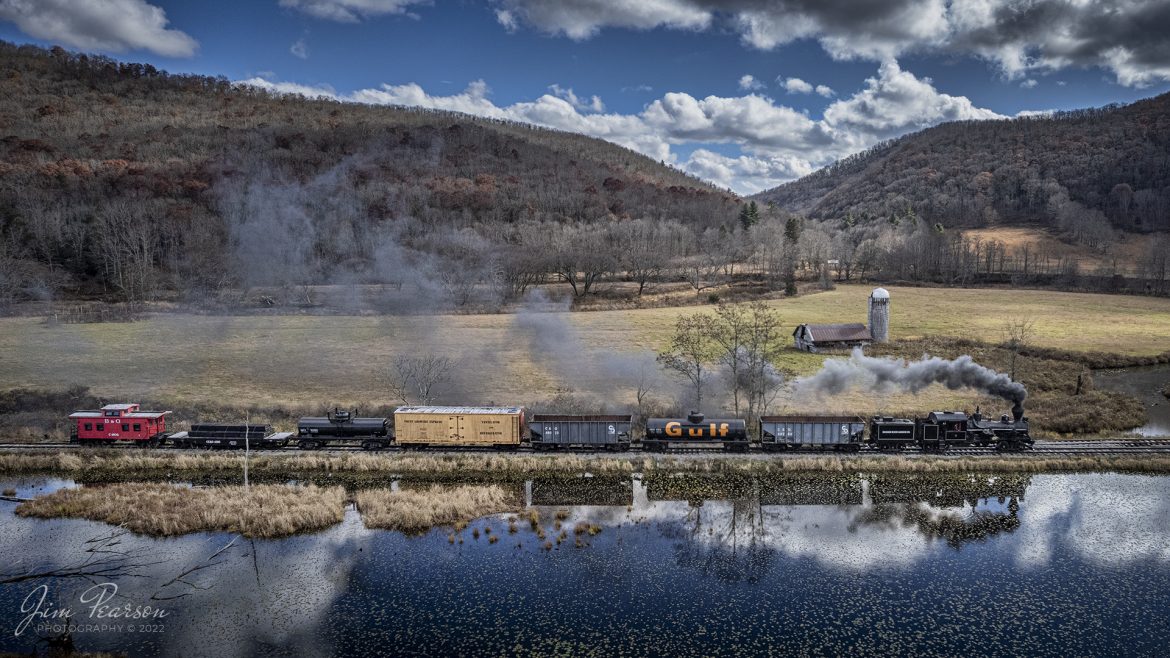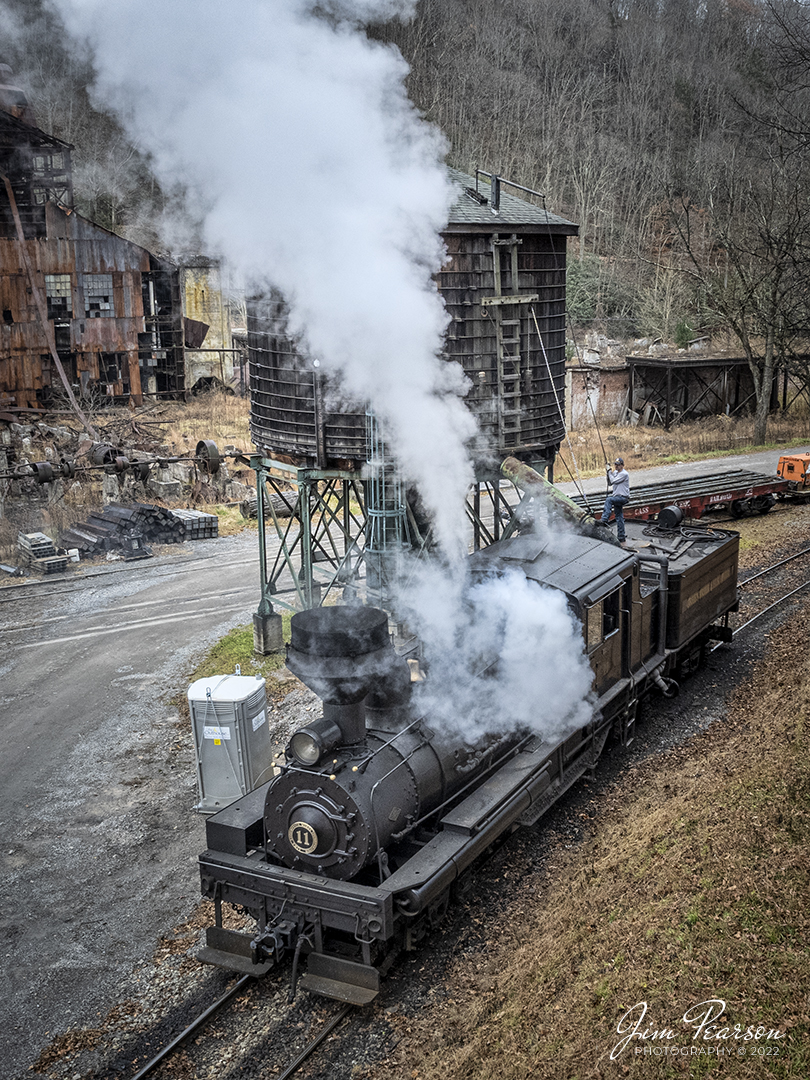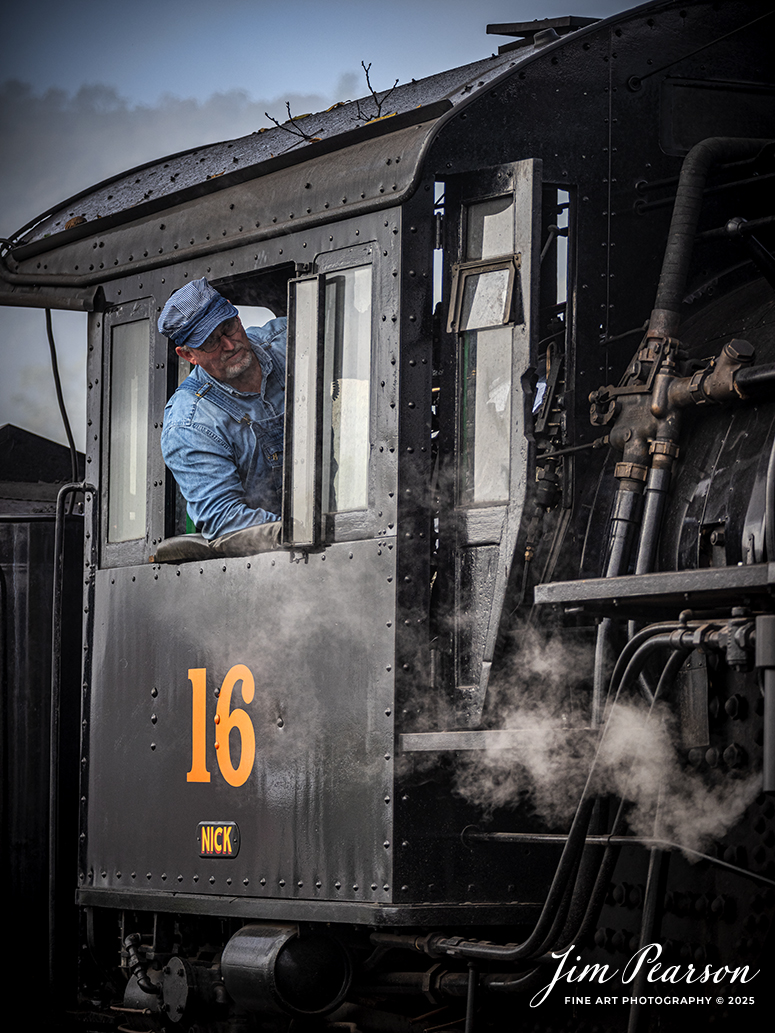East Broad Top (EBT) steam locomotive #16 pulls a mixed freight through the countryside as they head to Rockhill Furnace, Pennsylvania on October 5th, 2024, during the museum’s Friends of the East Broad top event.
This is from a week-long trip I took with Bryan Burton (Photography) where we traveled 2,800 miles and covered steam operations at Reading and Blue Northern Railway (2102), East Broad Top Railroad, Strasburg Railroad and then a two-day photo charter by Dak Dillion Photography at the Valley Railroad in Essex, CT. It was a long, but fun and exciting trip for sure! You’ll see a lot of steam action over the coming weeks!
According to the East Broad Top Website: Locomotive #16 was built in 1916 by the Baldwin Locomotive Works.
Entering the age of modern steam in 1916, the EBT received its first of three large Mikados. Unlike the previous three smaller locomotives, #16 came with superheaters, piston valves, and Southern valve gear. One story mentions #16 pulled 60 empty hoppers from Mt. Union to Rockhill in one train, literally clearing out the yard. #16 underwent an overhaul in 1955 and made only a handful of trips in early 1956 before the railroad shut down an overhaul when the EBT shut down. On February 1, 2023, the locomotive returned to service.
Tech Info: DJI Mavic 3 Classic Drone, RAW, 24mm, f/2.8, 1/2000, ISO 100.

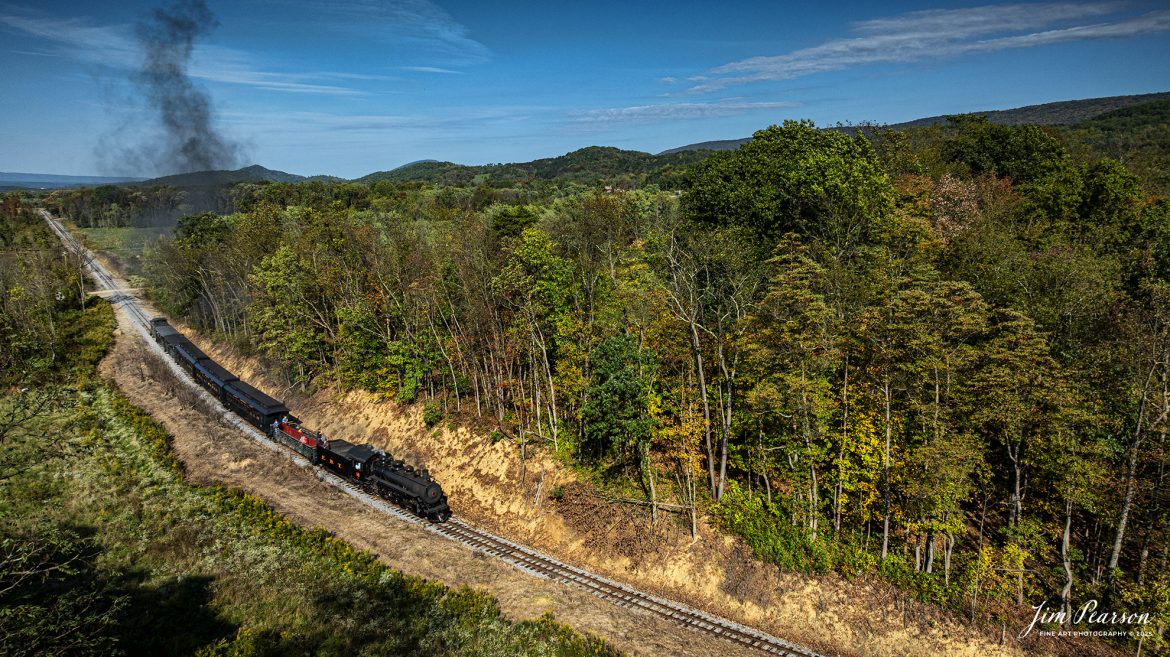
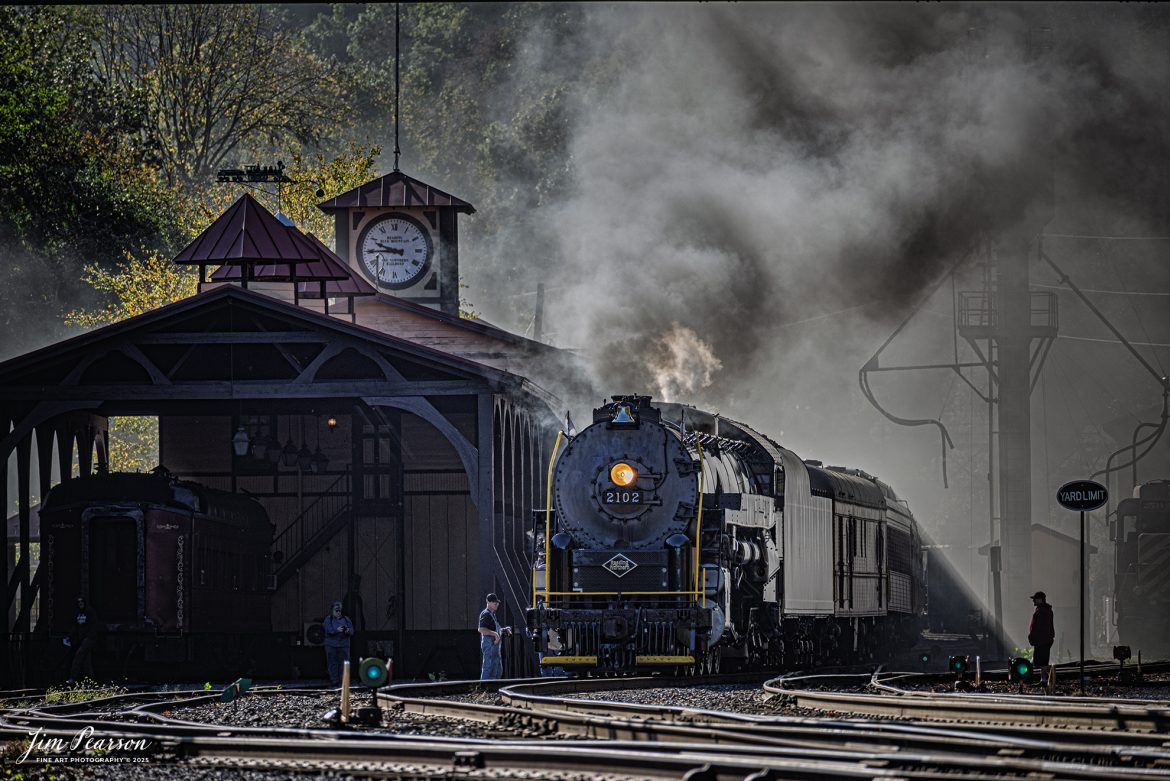
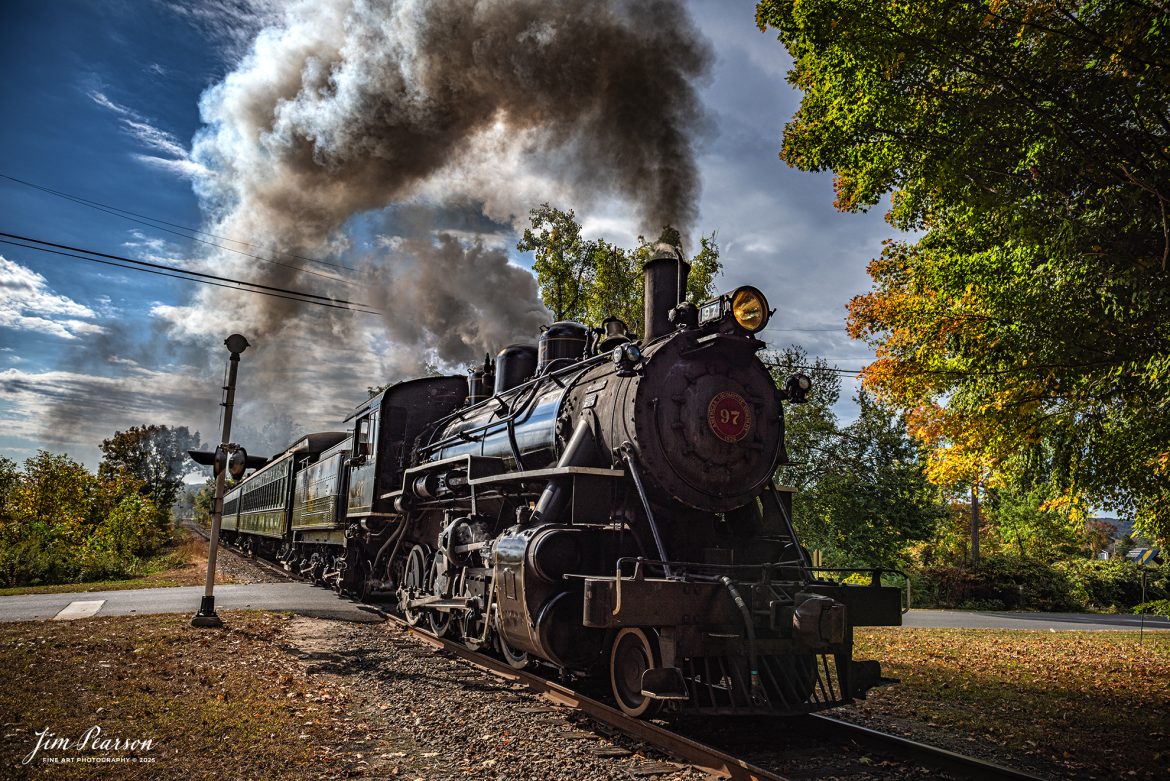
![September 1, 2018 - St. Louis-San Francisco Railroad steam locomotive 1630 sits in the station at the Illinois Railway Museum in Union, Illinois, waiting for it's 8pm run, as the last light of day begins to fade from the sky.
According to Wikipedia, the locomotive was built in 1918 by the Baldwin Locomotive Works for use in Russia as a class Ye locomotive. However, it, along with approximately 200 other locomotives, remained in the United States, due to the inability of the Bolshevik government to pay for them, following the Russian Revolution.
1630 was converted from 5 ft (1,524 mm) Russian track gauge to 4 ft 8 1/2 in (1,435 mm) standard gauge. After being re-gauged, #1630 was sold to the USRA and was numbered 1147. Shortly after, 1147 was briefly leased for use on the Pennsylvania Railroad.
In 1920, the locomotive was sold to the St. Louis San Francisco Railway, where it was used as a mixed traffic engine. In 1951, the locomotive was sold to Eagle-Picher, who used it to haul lead ore from a mine to their smelter.
In 1967, the locomotive was donated to the Illinois Railway Museum, in Union, Illinois, where they began restoring it in 1972, it returned to operating condition in 1974 and made its first revenue run. Sometime after arriving at the museum, 1630 was restored from her Eagle Picher appearance back to her Frisco appearance. 1630 was taken out of service in 2004, and after more than six years undergoing repairs and a federally mandated rebuild, it was returned to operational condition on October 30, 2013.
On Memorial Day weekend 2014, the locomotive returned to excursion service. In 2016, the locomotive received a cylinder overhaul, which according to Steam department curator, Nigel Bennett, made the locomotive, "probably more powerful than she has been since her [sic] first arrival at IRM in the 1970s." The locomotive, during Memorial Day weekend 2016, pulled 137 empty coal cars in storage at the museum as what was considered to be one of the longest revenue freight trains powered by a steam locomotive in at least 25 years as said by IRM's Steam department curator.
- #jimstrainphotos #illinoisrailroads #steamtrains #nikond800 #railroad #railroads #train #railways #railway #illinoisrailwaymuseum #steamtrain](https://www.jimpearsonphotography.com/wp-content/uploads/2025/03/WEB-09.01.18-Frisco-1630-Steam-at-station-IRM-Union-IL-1170x781.jpg)
